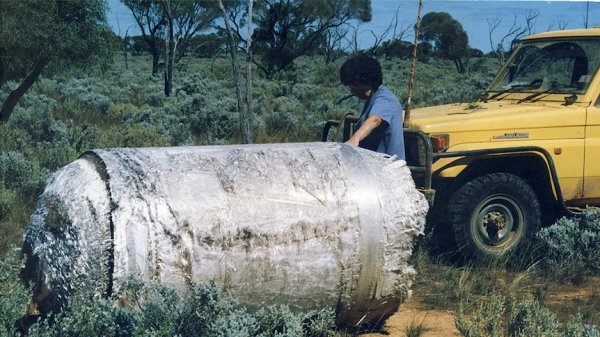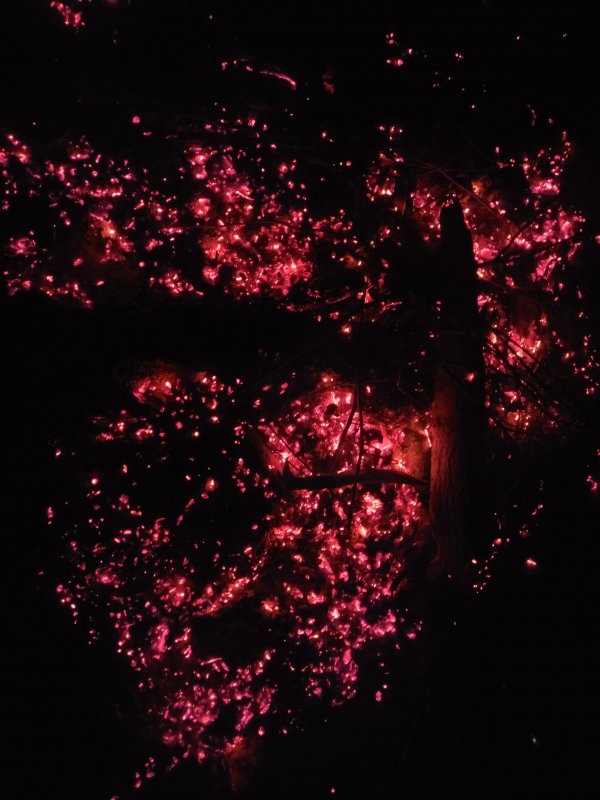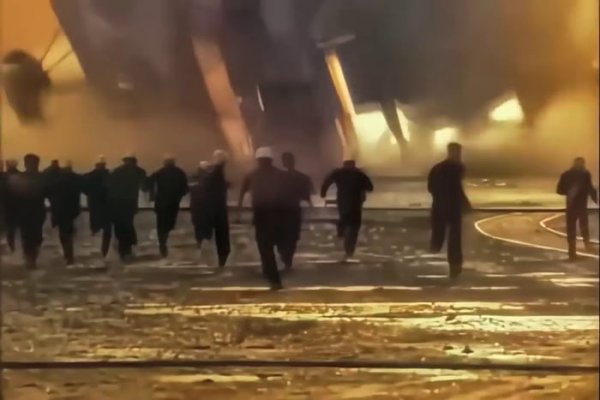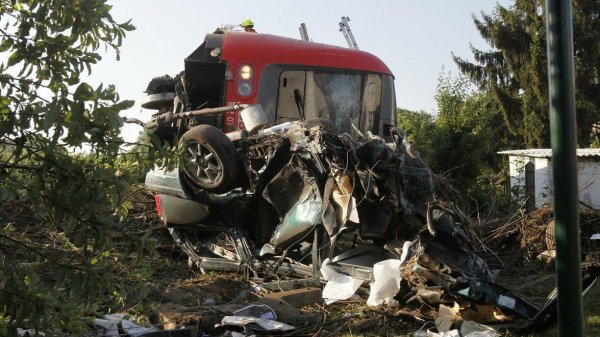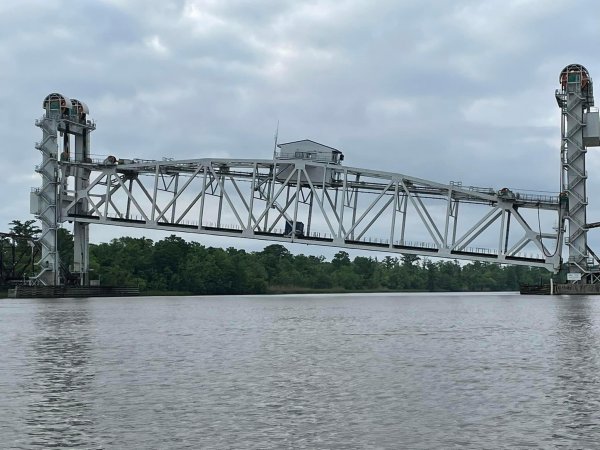May 2, 1953- Comet 1 squall induced breakup near Calcutta
What about it?
Prior to the much more famous Comet 1 structural failures above the Mediterranean Sea, a more innocuous accident occurred.
Nothing much was learned from this accident; it was known already, “don’t ford through a squall†but it wasn’t until Braniff Flight 250 in 1966 would the commercial aviation industry learn that institutional change was needed for squall management.
The sleek beautiful retro-chic Comet 1 was climbing through a squall above the outskirts of Calcutta when the aircraft had its nose pushed into a slightly negative AoA; the pilot responded with a reflexive yank on the controls to bring the bird up. A rapid failure sequence occurred:
1. Elevator failure.
2. Violent nose over causes bilateral downward wing failure.
3. The wings fly back causing substantial damage to the empennage. The minutiae is unclear but the damage is enough to cause separation of the empennage around the aft bulkhead.
4. The husk rolls inverted and vertically impacts the ground wing level upside down.
Attached is the trajectory chart of the fragmentation debris.
Source:
https://www.baaa-acro.com/crash/crash-de-havilland-dh106-comet-1-near-calcutta-43-killed
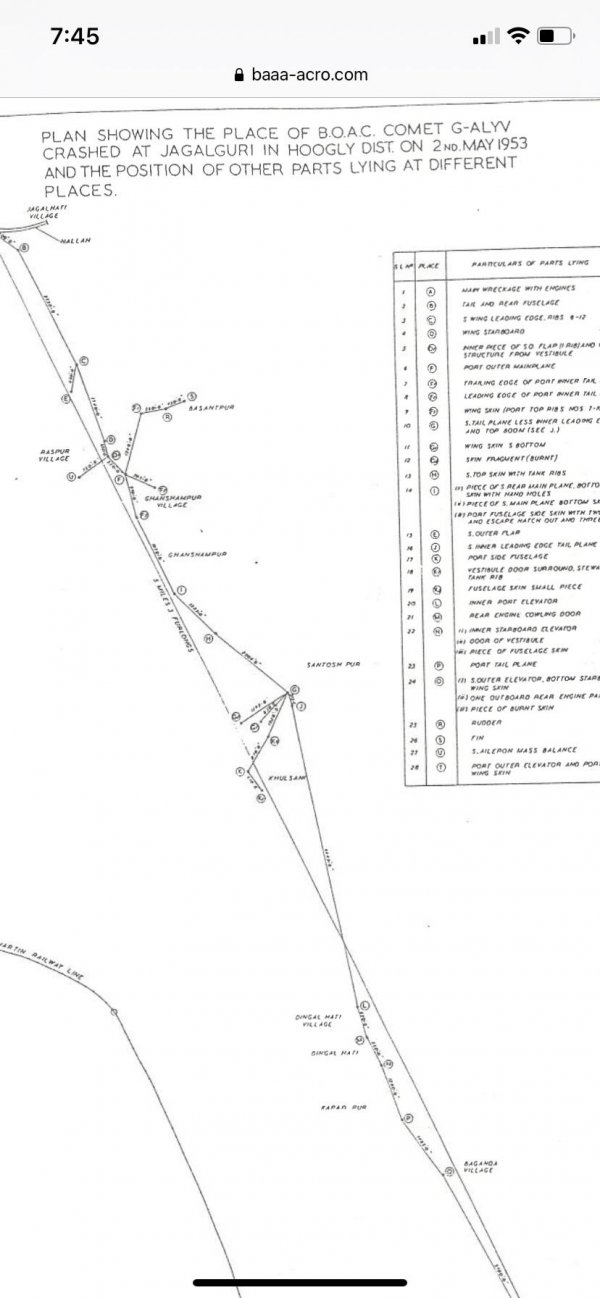
Oxygen tank from "Skylab" found in 1993. A miscalculation by NASA meant that debris from the ~70 ton decommissioned space station generated by its 1979 atmospheric reentry fell into the Australian Outback rather than the Indian Ocean as planned. Fortunately without killing or injuring anyone.
